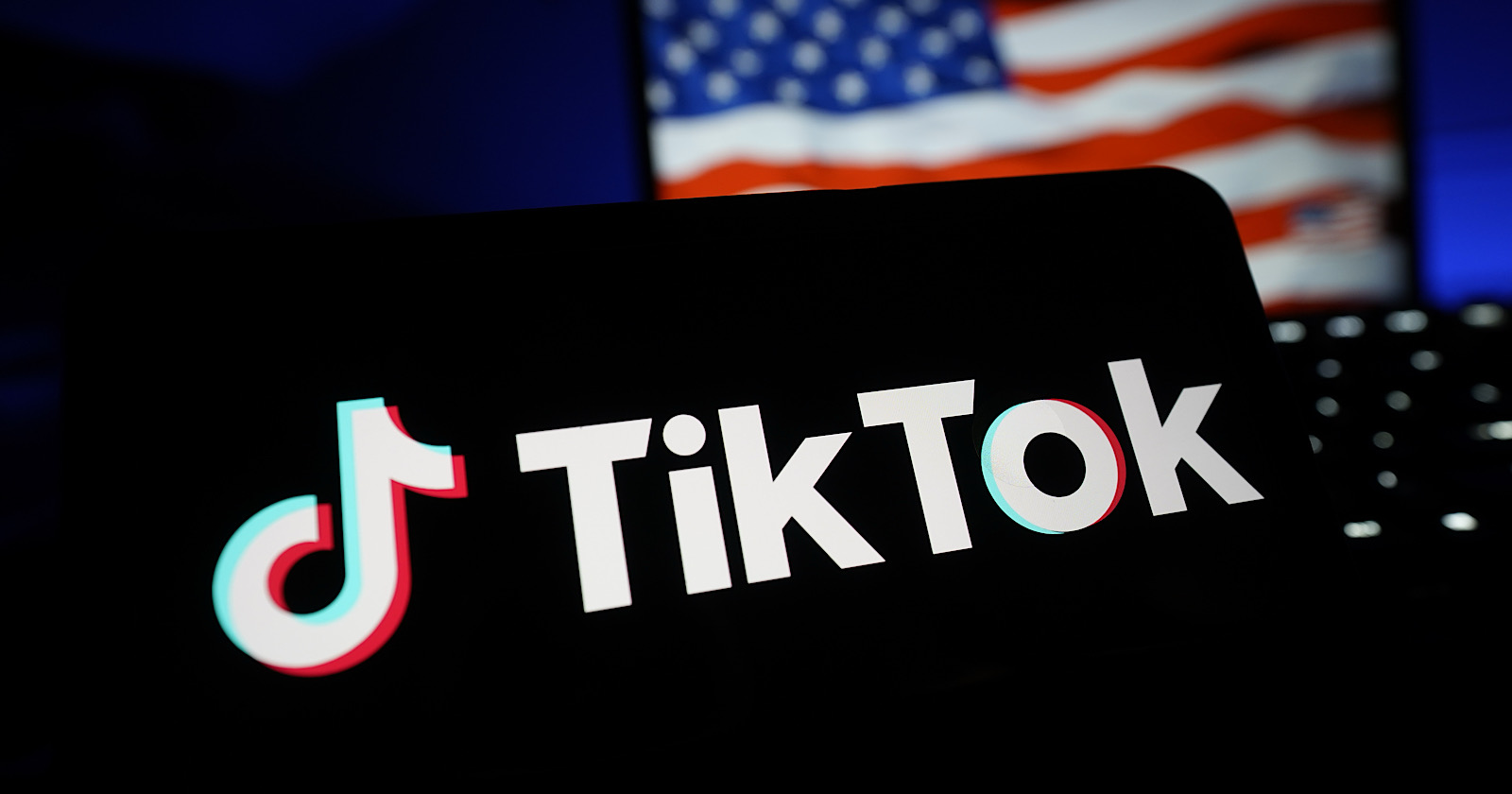Agile marketing—how B2B marketers are targeting their best customers
Data, analytics and martech tools help deliver relevant and persuasive messaging.

Identifying and reaching the perfect target has always been the holy grail for marketers. In this scenario, waste is theoretically eliminated because only potential buyers see messages. In B2B, this magical target is described as the ICP (ideal customer profile) but is complicated by two key factors: There isn’t a single buyer and at any given time, only 5-10% of your ICP are likely to be in the market to buy your product or service.
To confront these challenges, Kaycee Kalpin, CMO of Premier, a health care performance improvement company, trained her team on agile methodology, which uses data and analytics to make real-time decisions in response to new information. She also tapped into martech tools that track buyer intent. This combination of execution (two-week “sprints”) and target insights enabled Kalpin to refine Premier’s ICP on a continuous basis and reach customers with increasingly relevant and persuasive messaging.
What triggered your use of agile marketing?
At the start of the pandemic, I had a team that was 100% in the office, but when we shut down and went remote, we had to get super creative. We explored and got the team certified in something called agile marketing–similar to agile for software developers. Now we all speak the same language as our tech team. There are several different models you can take, but when you run sprints based on what your goals are, people really start to color outside of the lines of their roles.
What’s the connection between ICP and agile marketing?
When you have a compelling message with a highly differentiated offering, these factors become particularly powerful when you layer in your ICP. Why? It takes fewer touches and tactics to convert them, to get them to have a conversation. Deploying agile marketing techniques has helped us make the most of these highly targeted conversations.
Explain the process that you went through to get to an ICP
Importantly, 90% of our revenue comes from our existing base within health care where people buy via committees. Our most sophisticated marketing team members are the ones who know the business and our accounts so incredibly well that they can segment our accounts, narrow in on who is on the buying committee and create ICPs based on that information.
In addition, intent data has been critical for us in designing and deploying strategies on our ICPs. It’s not just saying, “This person or this account is perfect for this solution,” but showing and measuring that they have the intent to buy based on their online activity.
How do existing customers fit into your ICP?
When developing an ICP, you have to get incredibly creative with understanding your accounts. You must understand any publicly available data within the account plan, within other systems that personified them or that help you identify them as needing your solution.
It also comes down to, who we’ve sold to in the past. Who's been a champion of our products and services? Who has existing data feeds, technologies or platforms that are ours and would be an easy build if we were to upsell a certain solution? You're adding in different data layers to not only find what the ideal customer profile looks like but also who is more likely to buy based on all this other information.
How do you sort through different inputs to develop an ICP?
We are given permission in Salesforce to view and mine account plans that give us really great information. We just transitioned to having more structured data within account plans, not free text, so that we could mine some of those.
We have a ton of Excel spreadsheets, analytics and dashboards and we use both Tableau and a Salesforce tool called Datorama to surface those. Once we have our accounts or personas identified, we tag them in Salesforce so that we can track penetration of those accounts, personas, engagement score increases, etc.
Do you throw out ICPs that aren’t working?
Oh, every day. The beauty in data and in applying agile marketing principles is that you can test and learn and refine the data. The days of creating an annual marketing plan are completely over. We do two-week sprints. We launch tactics to ICPs, and if it isn't working, or we're getting bad feedback or unsubscribes, then we're certainly going to pivot and refine those strategies. The other element of all of this is the inclusion and new modernization of data to include intent data, and to be able to say, “Yes, they meet my criteria, but are they in a buying cycle for us or our solution?”

 Tfoso
Tfoso 
































